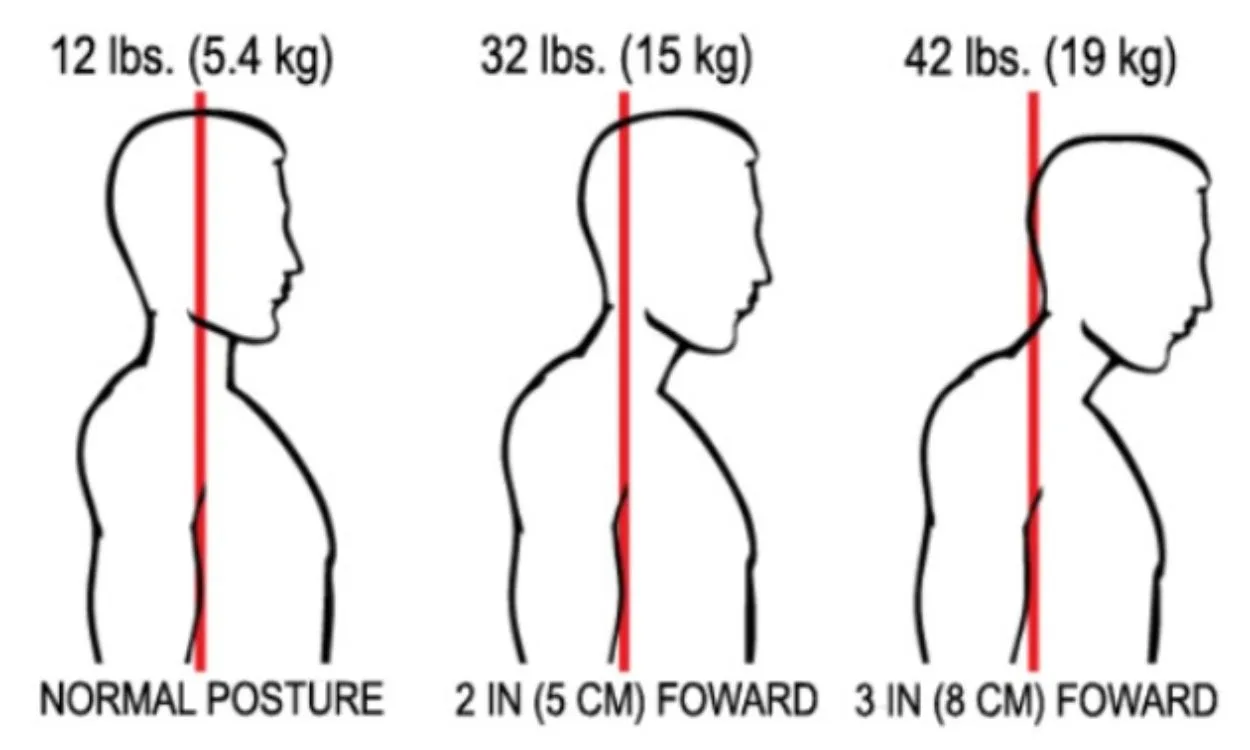Can shoulder pain be a result of poor posture?
The shoulder is a complex joint that allows for a wide range of motion. It is supported by various muscles, tendons, and ligaments. Poor posture can have a significant impact on the alignment and function of the shoulder joint, potentially leading to shoulder pain and discomfort. In this article, we will explore the relationship between poor posture and shoulder pain and discuss how it can be addressed.
Understanding the role of posture in shoulder health
- Overview of shoulder posture: Proper shoulder posture involves a neutral alignment of the shoulder joint, where the shoulders are relaxed, the chest is open, and the shoulder blades are stabilized and down. This alignment allows for optimal movement and reduces the risk of strain or injury.
- Effects of poor posture: Poor posture, such as rounded shoulders, forward head posture, or hunching, can disrupt the natural alignment of the shoulder joint. This can lead to excessive stress on the muscles, tendons, and ligaments surrounding the shoulder, resulting in pain and discomfort.
- Muscle imbalances: Poor posture often involves certain muscles becoming tight and overactive, while others become weak and underactive. In the case of rounded shoulders, for example, the chest muscles (pectoralis major and minor) may become tight, while the muscles of the upper back (rhomboids and trapezius) become weak. These imbalances can contribute to shoulder pain.
- Impact on joint mechanics: Poor posture can also affect the mechanics of the shoulder joint. When the shoulders are rounded forward, the space within the joint can be decreased, leading to impingement of the structures within the joint. This can further contribute to shoulder pain and limited range of motion.
Addressing shoulder pain caused by poor posture
- Awareness and correction: The first step in addressing shoulder pain caused by poor posture is to become aware of your posture and make a conscious effort to correct it. This may involve sitting and standing with a tall spine, relaxing the shoulders, and engaging the muscles of the upper back to stabilize the shoulder blades.
- Stretching and strengthening exercises: Targeted stretching exercises can help alleviate tightness in the chest and promote better shoulder alignment. These may include chest stretches, doorframe stretches, and stretches for the neck and upper back. Strengthening exercises, such as rows, scapular retractions, and shoulder external rotations, can help strengthen the muscles of the upper back and improve shoulder stability.
- Ergonomic modifications: Making ergonomic modifications to your workspace or daily activities can also support better posture and reduce shoulder pain. This may involve adjusting the height of your desk and chair, using an ergonomic keyboard and mouse, and taking regular breaks to stretch and move.
- Seeking professional help: If shoulder pain persists despite self-care measures, it is advisable to seek professional help from a qualified healthcare provider, such as a physiotherapist or chiropractor. They can assess your posture and provide targeted treatment to address any underlying issues contributing to shoulder pain.
Introducing the Fitpaa app for holistic health and fitness
While addressing poor posture and shoulder pain is crucial for overall health, it is equally important to take a holistic approach to wellness. Fitpaa, a leading mHealth app, offers a comprehensive solution for individuals looking to achieve their health and fitness goals with guaranteed results.
- Personalized fitness plans: Fitpaa provides personalized fitness plans based on individual goals, lifestyle, and current health condition. Their expert team of fitness coaches, nutritionists, and doctors create a Fitpaa Capsule, which combines medical therapy, exercise therapy, nutrition therapy, and cognitive behavior therapy. This comprehensive approach optimizes metabolism and helps individuals achieve their health and fitness goals.
- Real-time guidance and tracking: The Fitpaa app incorporates real-time guidance technology, habit-building techniques, and timely nudging to keep users motivated and on track throughout the day. It provides tools like a virtual workout trainer, diet tracker, performance tracking, and progress tracking, making it easy to follow the personalized Fitpaa Capsule.
- Expert support and reviews: Fitpaa offers unlimited consultations, daily follow-ups, and weekly reviews by a team of fitness planners, nutritionists, fitness trainers, and doctors. This ensures that individuals receive continuous support and guidance to make necessary adjustments and achieve their goals effectively.
- Customized for Indian population: Fitpaa understands the unique needs and challenges faced by the Indian population in achieving their health and fitness goals. The app is customized to cater to the specific requirements of the Indian context, including diet preferences, cultural considerations, and regional health concerns.
In conclusion, poor posture can contribute to shoulder pain and discomfort. Addressing posture-related issues through awareness, corrective exercises, and ergonomic modifications can help alleviate shoulder pain. Additionally, the Fitpaa app offers a comprehensive solution for individuals looking to achieve their health and fitness goals. With personalized fitness plans, real-time guidance, and expert support, Fitpaa empowers individuals to take control of their health and transform their lives.
Download the Fitpaa app today and experience the joy of achieving your health and fitness goals with guaranteed results. Your wellbeing is their mission!









